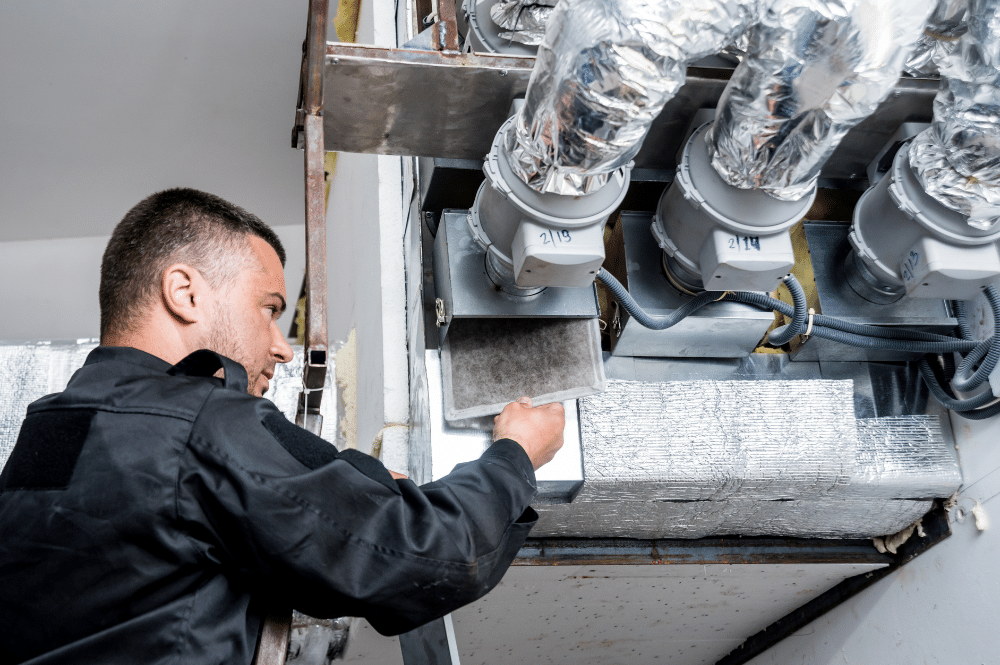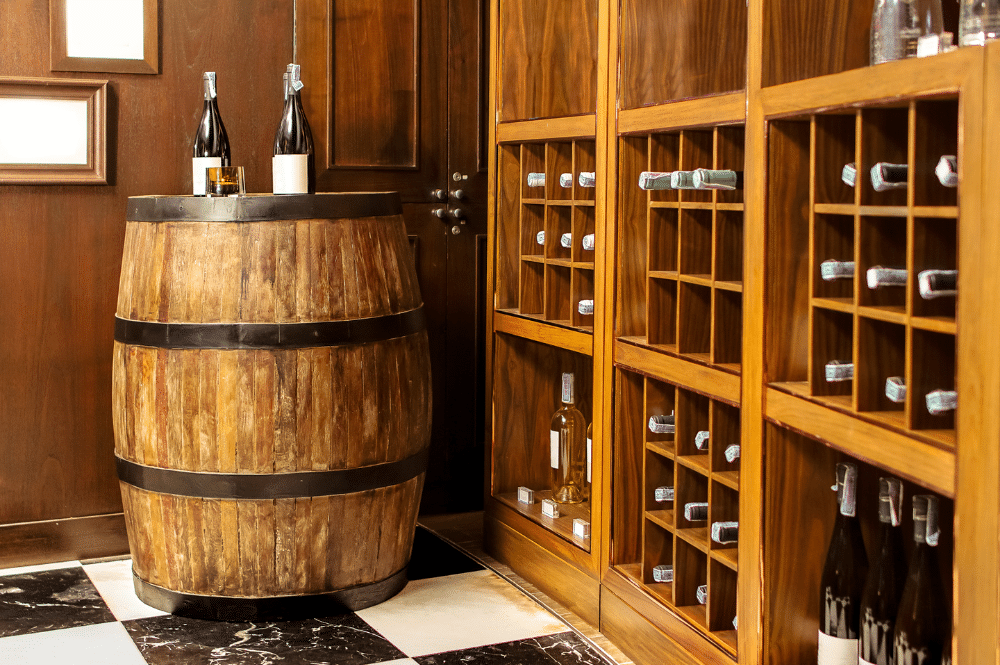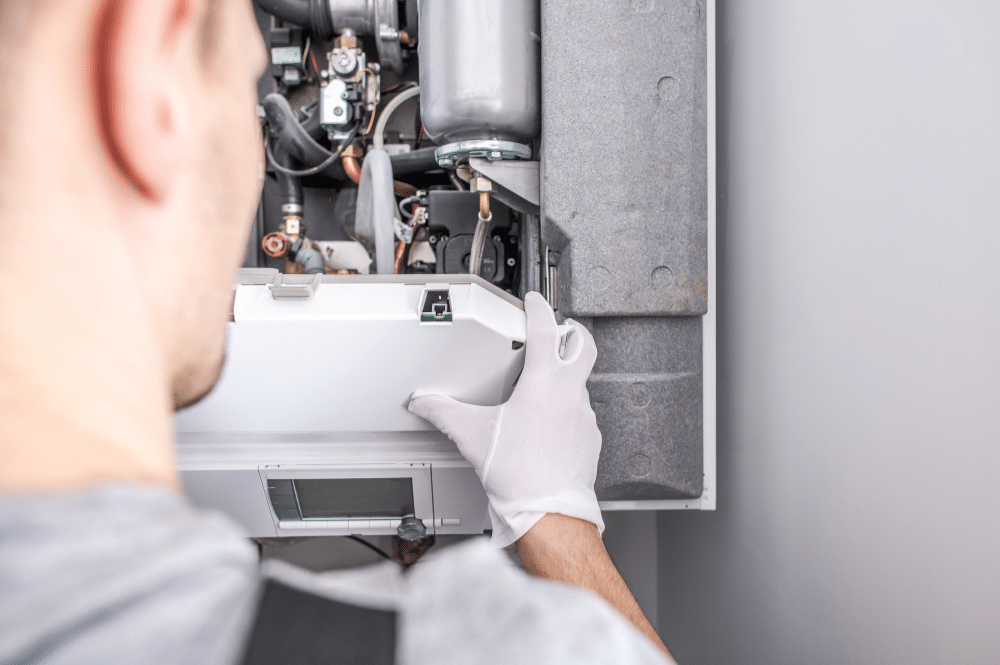When you feel cool air blowing into your house in the summer, you might think the fan is the most important part of your HVAC system. You would be wrong.
The most important part of your HVAC system is the condenser. Without a working condenser, your HVAC system won’t work at all. But what does a condenser do?
There are four important things that the condenser in your HVAC does to keep you comfortable year-round.
What Does a Condenser Do?
At its most basic, a condenser is a device that turns a gas into a liquid using pressure. Lots of household appliances use condensers, including refrigerators, water coolers, and heating and cooling systems.
Condensers operate as part of a closed heat transfer system. This refers to the way the system moves heat from one place to another. The condenser is the part of the system that pushes heat out.
This system circulates a liquid, such as a refrigerant or a coolant. The liquid absorbs heat as it moves through the system. This turns it into a gas. The condenser uses pressure to turn this gas back into a liquid, releasing the stored heat.
Depending on the type of system, the condenser can release the stored heat into the air or another medium. Once the heat is released, the system pushes the liquid through again, restarting the process.
HVAC System Condenser
The point of the condenser in your HVAC unit is to move heat either into your home or out of it, depending on the season and the type of HVAC you have.
Condensers work with two other devices to keep the temperature of your home comfortable. The evaporator, compressor, and condenser make up the closed system, but without the condenser the other parts are useless.
The coolant liquid starts in the evaporator coils. The unit blows air over these coils, and the liquid inside absorbs heat from the air. The compressor adds pressure to trigger the liquid to phase into gas.
The pressure makes the gas in the compressor very hot. The gas moves from the compressor into the condenser coils.
As the gas moves into the condenser, fans help push the heat out of your home as it dissipates. Gradually, the gas turns back into a liquid as it cools, and the cycle starts again.
The critical step in the cycle is the condenser. Without it, the heat trapped in the coolant would have nowhere to go and the cycle would stop.
The Four Vital Functions of an HVAC Condenser
Since the condenser is the most important part of your HVAC unit, it is important to know how it functions. Knowing how a condenser works in detail can help you identify problems and keep it in good working order.
There are four vital functions of an HVAC system condenser: desuperheating, condensation, subcooling, and the flow to the expansion valve. Each of these functions uses physics and engineering principles to
Throughout these four functions, the coolant travels through the condenser coils. These coils are usually made of copper. As their name suggests they are coiled in shape, which allows the coolant to move more in a compact space.
Desuperheating
The coolant in your HVAC system arrives at the condenser coils in a superheated state. The first thing the condenser needs to do is bring the gas down to its saturation temperature. But what do all these terms mean?
The saturation temperature is a scientific term for the boiling point of a substance at a certain pressure. The boiling point is the temperature when a liquid will turn into a gas. This temperature can change depending on how much pressure the liquid is under.
When a gas gets hotter than its saturation temperature, it is in a superheated state. Gas this hot cannot phase back into a liquid. The condenser will pump the gas through the coils until the gas has cooled back down to the saturation temperature.
Condensation
The next function is how the condenser gets its name. Condensation is the scientific term for a gas turning into a liquid. While the mechanics of this step are the same as desuperheating, what happens to the coolant is different.
During this function, the condenser moves the coolant through the coils and external fans and fins help push the heat out into the air. As the heat dissipates, the coolant’s temperature drops.
Once the coolant gets to the saturation temperature, it will start to phase back into a liquid. While the liquid coolant is a lower temperature than the gas, it isn’t cold yet.
Subcooling
Subcooling is the final step before the coolant is pushed out of the condenser. An HVAC system condenser should remove as much heat as possible from the coolant liquid. The cooler the liquid, the easier it is to then cool your home.
Coolant at the saturation point is liquid, but it doesn’t take a lot of additional heat to start phasing it back into a gas. In order to make the liquid more stable and remove as much heat as possible, the condenser will undergo subcooling.
Subcooling refers to every degree the temperature of a liquid falls below the saturation point. The condenser subcooling function is important because this process helps the HVAC system work more efficiently.
If the coolant liquid is hot when it reaches the evaporator coils, the liquid won’t absorb as much heat from your home. Then the HVAC will have to run longer and work harder to lower the temperature in your house.
Flow to the Expansion Valve
The last function of the condenser in an HVAC system is the flow to the expansion valve, also known as a metering device. The expansion valve is the last place to remove heat from the coolant liquid before the cycle begins again.
The purpose of the expansion valve is to lower the pressure on the coolant. Lowering the pressure on a substance also lowers its temperature. The pressure inside the condenser coils is constant, and the expansion valve releases that pressure.
Keeping Your Condenser Functional
While you may not have to ask, “what does a condenser do?” anymore, you may still need help keeping your HVAC condenser system up and running.
We offer a variety of HVAC maintenance and repair services. Whether your condenser unit just needs a good cleaning or the system needs replacing altogether, we are available 24/7 to take your call. Contact us today for a free consultation.




